|
*This post contains affiliate links. I receive small commissions for purchases made through these links at no extra cost to you. These commissions help me keep this site up and running, in order for me to keep providing helpful and inspiring art content. :)
How often do you draw or paint from life? Do you find drawing or painting from direct observation a bit intimidating and/or a hassle to do? Are you aware of the artistic growth that can come when using direct observation compared to using only photographic references when creating art? Drawing from direct observation is also referred to as drawing from life. In this type of practice, the artist uses his/her medium of preference to draw a subject by observing it in real life as opposed to using a photograph as reference. It's important to note that the subject can be anything the artist chooses, whether it's an arrangement of objects, the human figure, a landscape, animals or anything else that can be observed first-handedly. Drawing from life can have many uses depending on your art style. In the traditional sense, artists did their best to recreate their subject matter as realistically as possible. However, a lot of us today use this method to create practice sketches in order to improve our gestural drawing. Others start projects by drawing or painting from direct observation and finish their pieces later in their studios. Though not every artist uses direct observation as means to create perfectly realistic representations of what it is he/she is seeing, this method is able to bring a level of energy and originality to art that simply cannot be achieved when using a photograph as reference. There's no question that this method challenges the artist in a way that using a photograph doesn't and it can greatly improve our skill. This blog post is going to shed some light on why making time to draw/paint from life is so important and how it's different from using a photographic reference to create art. I will also share ten tips that are going to help you create more effective artwork using this method. This blog post is the third in a four-part series about the use of different types of references when creating artwork: 1. Using Other People's Photographs to Create Art (when it's okay to use other people's photos and how to do it in a way that will ensure your artistic progress) 2. Creating Artwork Based on Your Own Photography (click here to learn fast and easy ways to produce your own reference pictures) 3. Why Drawing from Direct Observation is Essential and 10 Tips to Improve (click here to learn why this drawing/painting method is so important in order to progress artistically) 4. Using Collage as an Effective Method to Create Unique and Expressive Art (click here to find out why collage is so powerful and how you can use it to your advantage) Why Making Time to Draw from Life is Important Drawing or painting from life is a completely different experience to drawing or painting using a photographic reference that is printed out or displayed on a computer screen. In my opinion, an artist must continuously seek ways to challenge his/herself, and this is one of the best ways to improve our skills, as well as our knowledge of many important Art Fundamentals such as Perspective and 3D form. When an artist draws or paints from life, he/she is able to actually interact with the subject first-handedly. As opposed to a photograph (which basically provides the artist with only visual information displayed on a flat surface), being able to actually interact with the subject brings us a wealth of information that will enhance our work in a variety of ways. If you are drawing a portrait, you are able to talk with the person and have a feel for his/her personality. If you are drawing an object, you are able to touch, smell and see its colors directly. If you are drawing an animal, you are able to feel what it's like to have it in front of you. If you are painting a landscape or scenery and you are actually IN the place, you're able to feel the energy around you. Your personal feelings and thoughts whilst experiencing the subject will translate into your work to make it richer and more expressive. You are able to have complete creative control when you draw from life, which means that you'll have to apply your thinking skills throughout brainstorming and preparation. You're not only going to exercise your observational and rendering skills throughout the process, but you're going to have to visually interpret what you're seeing and innovate using your personal style. Furthermore, when taking a photo there is always a chance of perspective being slightly distorted and colors being off. In a way, photographs are a processed rendition of what you can actually take in with your eyes. Photographs, at times, present us with views of scenes, objects or even people that are different from what we would normally expect to see. Our brains play a big part in why we see things in life the way we do, and cameras don't have brains (last time I checked). When drawing from life, there is no way to cheat. You can't trace or use grids. The artist is met with the challenge of translating real-life forms and perspectives onto flat substrates in order to create aesthetically pleasing compositions. It quite simply puts the artist's skills to the test in a way that using a photograph doesn't. 10 Tips to Help you Improve Your Life Drawing Skills 1. Make sure you have a good amount of knowledge of Art Fundamentals If you don't have basic drawing skills down and/or lack understanding of the Elements and Principles of Art, it's going to be incredibly difficult to create an effective piece using direct observation. I recommend studying Art Fundamentals and putting them to use by creating abstract compositions using simple shapes and then moving on to actual objects or subjects. Understanding basic topics such as like proportion, depth, form, value and compositional arrangement are vital. Over at my Patreon site, there's already an entire library of classes on Art Fundamentals (designed to be seen in sequential order) that you can enjoy immediately upon joining! 2. Frame it When we are standing or sitting somewhere our eyes can be drawn to many places at once, which can be very overwhelming when we have to focus on only one area. I like using some kind of frame when coming up with a composition because it helps me decide how my different items will be placed within the space I will be recreating. It also helps me mentally separate what is going to be inside my composition and what is going to be left out. 3. Start with grayscale/pencil My recommendation to beginners is usually to start working in grayscale. Working with pencils/graphite is incredibly useful in this case because they are easy to control and correct. Focus first on learning to discern between highlights, midtones and darks and recreating them in your drawing in their appropriate locations. Color comes later!
4. Once you have set up move as little as possible Slight changes in angle or distance from your subject can change the perspective in your drawing. Make sure before you start that you are in a comfortable position and chair so that you can work for as long as you need to! 5. Get used to looking at your subject constantly A lot of people spend more time looking at their paper than at their subject when drawing. You should be aiming to observe your subject at least 50% of your working time. Forget about drawing things the way you think they look and draw what you're actually seeing. Train yourself to constantly look at your source of information until this becomes natural to you. 6. Always start by creating effective shape, proportion and arrangement in space Focus on drawing only large shapes first (lightly). Concentrate on achieving correct proportions and placement of elements within space. Compare items in your composition to each other in terms of size, location and shape. Study how lines intersect and how angles are created between them. Practice visually measuring things and use your pencil/fingers as measuring devices as you're seeing your subject(s) at a distance. Make sure you give it a final look before moving on to the next step.
Check out my FREE Patreon-exclusive tutorial and class samples here.
9. Add details and texture Think about what techniques you'll be using to transmit any needed textures (hatching, crosshatching, stippling, etc.) and add details carefully wherever necessary. Try to be subtle about it (remember in realism we rarely see lines). Unless you're going for hyperrealism, you should choose what is going to be included in your piece and what is going to be left out. 10. Apply your artistic license As the artist, it's your decision whether specific things are going to be included or omitted. It is not necessary to add every singe detail of what you're seeing. You can also consider rendering some parts in full and leaving others less detailed in order to pull the attention of the viewer to your focal point. Although artwork created through direct observation is usually expected to be realistic, it doesn't have to be (unless that is what you are going for)! Try to apply your own style and ideas to whatever it is you're doing. Remember slight smudges and imperfections are perfectly fine and sometimes even give a piece character. 7. Keep your preliminary outline sketch light When drawing your initial shapes and all the smaller shapes/lines within them, remind yourself to draw lightly. In real life there are no outlines. Shapes are actually separated from each other by changes in color, texture, value, etc. Artists who are skilled at producing realism are masters at capturing subtle changes. 8. Develop a good tonal/value range throughout your drawing Take your time developing a full range of tone/value throughout your drawing, starting lightly and adding darks as you go along. It's normal to think you have darkened an area enough and then have to go back to darken it as you progress. You should end up with a multitude of mid-tones and gradual changes in value. Make sure that you are really observing your subject and placing values appropriately. Don't guess! Use a blending stump if smooth gradients are your thing, or create different values using mark making techniques like hatching or crosshatching. I usually like using a mix of both. Check out my Guide to Shading Techniques: Hatching, Cross-Hatching, Scribbling and Others to learn and practice different ways of creating values. Free practice PDFs included!
If you enjoyed this video and found it helpful, make sure to subscribe to my YouTube channel. I share a brand new video every week with art tips, drawing and painting tutorials and mindset/productivity tips for artists. *Subscribe HERE*
Advantages and Disadvantages of Using a Photographic Reference Vs. Drawing From Direct Observation To finish up, there is a time and a place for drawing/painting from direct observation and for drawing/painting using photographic references. Neither method is wrong or right. What is important is that the artist makes time to explore both on a continuous basis. Do you enjoy drawing or painting from direct observation? Approximately how much of your art is created by using photographic references and how much is created through life drawing/painting? Do you wish you could do it more frequently? I'd LOVE to hear from you! Let's discuss in the comments section below!
6 Comments
Are you constantly using photographs you find online as references for your artwork? Do you feel you lack the ability and/or resources to produce quality photographs to use when drawing or painting? More importantly, are you aware that not scheduling in time to produce your own reference images could actually be hindering your artistic progress? It is vital for an artist to work on forming an original collection of reference images to have at hand for both studies, as well as more finalized pieces. By taking time to produce our own original photographs we not only ensure that our artwork is truly unique, but we also start pinpointing subjects, colors, and general moods we are drawn to. This will all help us move toward finding our artistic voice and style. In last week's blog post (click here to read) I mentioned the specific situations in which using other people's photographs as references is acceptable. I also explain ways in which an artist can make sure he/she is progressing when using photos found online and ensuring that the finished piece is as true to the artist as possible. However, most of the time, we should be striving to work from our own photographic references. Today, I will give you ideas and the essential information you need in order to produce effective original photographs quickly and easily. It can actually be quite fun to do! This post includes a YouTube video in which you can see me create a still life arrangement in my studio and I also share a time-lapse of a watercolor painting created with the selected picture as reference. So make sure to check that out. This blog post is the second in a four-part series about the use of different types of references when creating artwork: 1. Using Other People's Photographs to Create Art (when it's okay to use other people's photos and how to do it in a way that will ensure your artistic progress) 2. Creating Artwork Based on Your Own Photography (click here to learn fast and easy ways to produce your own reference pictures) 3. Why Drawing from Direct Observation is Essential and 10 Tips to Improve (click here to learn why this drawing/painting method is so important in order to progress artistically) 4. Using Collage as an Effective Method to Create Unique and Expressive Art (click here to find out why collage is so powerful and how you can use it to your advantage) Why Making Time for Your Own Photos is Important (and Not That Hard to Do) Making time to take your own photos may sound tedious, especially when you want to get to the drawing/painting phase! However, it's important to remember that there is always at least a certain amount of planning and exploration behind an effective artwork. By producing your own reference photos, you have complete control of your artwork and are not limiting yourself to an image that already exists. Not to mention, most often than not, we end up loosing a lot of time looking for an image that inspires us to draw or paint, just to arrive at a photo that doesn't satisfy us completely. Producing your own reference photos will ensure that your artwork is 100% unique and personal to you. Creating your own library of reference images doesn't have to be complicated, time-consuming and you certainly don't need any fancy equipment. You just have to be creative with what you have and remember to take advantage of situations that you may be in on a day-to-day basis. Most cell phones these days have great cameras and you just have to remind yourself to take photos when you're out and about of subjects that call your attention. So no excuses!
If you enjoyed this video and found it helpful, make sure to subscribe to my YouTube channel. I share a brand new video every week with art tips, drawing and painting tutorials and mindset/productivity tips for artists. *Subscribe HERE*
Tips to Produce Photos to Use as Art References 1. Planning There is always some amount of planning and preparation behind an effective artwork. Aside from deciding on a subject, you should think about what you want your final piece to transmit. Have this idea/emotion in mind when selecting a color scheme and creating the general mood of your photograph so that it can later be translated into a drawing or painting. Do you like to draw/paint portraits? Animals? Landscapes? Indoor scenery? Still lifes? The way you prepare for your photoshoots will obviously vary depending on your subject of preference, but I will give you a few ideas that will help you produce photos quickly and easily. 2. Producing There are a few key things that you have to keep in mind when producing photos that you are intending to use as references when drawing or painting. There is nothing worse than thinking you have a great photo just to find out that it's not going to work when opening the file in your computer or printing it out. A good reference photo should facilitate your drawing/painting process, not make it more difficult.
Resolution/Image Quality Make sure that you are taking high resolution pictures from the get-go. Blurry, grainy or pixelated pictures simply will not work. If you're using your cel phone, make sure the resolution is set at the highest possible and that you are focusing appropriately when taking your pictures. Lighting A good photograph should have a good play between lights and darks/shadows. Decide what your light source is going to be (natural or artificial) and whether it is going to be to the left or to the right of your subject(s). Use only one light source. You can experiment with different heights and angles, but avoid placing the light source directly in front of your subject(s). Also avoid using flash because it flattens out and washes out subjects. When using natural light, experiment with taking photos during different times of the day and see how shadows change. Composition Chances are you have already started developing a good eye for what makes a composition interesting and visually pleasing. If you feel you still need practice in this area, I recommend studying paintings created by your favorite artists and pinpointing how Elements and Principles of Art were used throughout the piece. Make no mistake, experienced artists know what they are doing when using Elements and Principles of Art and this is what makes their art so effective. Learn from them and take notes so you can apply these things in your own art. When taking a picture that you will be basing a composition off of, consider the separate objects as part of a whole. The famous Rule of Thirds is something that you should research if you don't know about it already. You can read about it in an old blog post of mine. Essentially, you should think about creating balance, harmony and interest within a piece. Ideally, there should be only one focal point in an image and you should consider how you will draw the viewer's eye to that specific place (you can use color, size, etc.). The rest of the subjects within the picture should be secondary, but should still work to lead the viewer's eyes towards different parts of the picture. Play around with angles, distances and arrangements throughout your photoshoots until you come up with a composition that you like. Lastly, don't rush! Try to enjoy this part of the process. Take a lot of photos and make sure that you keep them organized in the best way you see fit. Once I have selected the photograph I will be working from, I like opening it in Photoshop and adding a bit of contrast to it. At this point I also do any cropping or cleaning if the photograph requires it, but I keep it to a minimum because I can also change things throughout the painting process. 3. Using Your Photograph as Reference for a Drawing or Painting A lot of artists like to print their photographs and place them beside the substrate they will be working on prior to starting an artwork. I personally rarely do this because I find it time consuming and expensive to go and have my prints made every time I want to create a painting. I like displaying the image for myself on my computer screen as large as possible and zoom in/out/around as needed. I do make sure to create my initial pencil sketch using my easel (either desk or standing), so that my laptop screen and my paper are in as similar angles as possible (this will ensure that perspective isn't distorted). If I am standing and working on canvas, I arrange my laptop at a height that is comfortable for me to work from. Finally, always remember that you have artistic license to modify things. How often do you use other people's photographs as art references? How often do you take your own? I'd LOVE to hear from you! Let's discuss in the comments section below. Hey guys! I'm so glad to have you here! If I could offer you some coffee (or a delicious mug of hot chocolate) I TOTALLY would! I hope you're having a beautiful and inspiring holiday season so far. I can't believe it's almost Christmas! If you didn't see or have a chance to download my free Christmas gift tag printout go HERE. These are little gift cards I made with my own little watercolor paintings! Simply download, print, cut and use them as you wish! The past few days I've been working on some winter watercolor illustrations that will be included in a surprise I have for you all! I am designing a calendar for each month of 2018 and am going to be offering them for free to whoever signs up for my monthly newsletter (which you'll be able to find that here NEXT WEEK!). Yay! Make sure to check back in this Friday for the second part of the Artist's Guide to Using References series. Click on the title to read the first part if you haven't already! The second one is going to be GOOD! I'll explain how to set up a still life composition to photograph and later on work from. In the video within this post, I'll share a time-lapse of a watercolor painting I'm currently creating based on a photograph from this Monday's in-studio photoshoot. :) Enjoy and see you then! To learn more about the watercolor painting supplies I used to create these illustrations, visit the My Art Tools section of my website. Hello, friends! Here is a gift from me to you. :) These are already prepared for you in excellent resolution and letter-sized so you can print at home (or anywhere you'd like)! Simply grab the PDF at the end of this post. Every Christmas I create gift tags for the presents I will be giving out to my loved ones and this time I decided to create little watercolor paintings. I hope they are useful for you as well. Thanks for visiting and enjoy your holidays! Do you find yourself constantly using other people's photographs as references when creating art? Have other people's comments about this being wrong ever made you feel guilty or less of an artist? Are you constantly making sure to do whatever you can with your time and resources to move your artistic progress forward or do you frequently go for what's most convenient? Sorry to burst your bubble people, but artists use references to create artwork. All types of references! And there's nothing wrong with that. This post is going to be the first in a four-part series about the use of visual references when creating figurative artwork (notice abstract art is not mentioned here though many abstract artists also use either photographic or real-life references they have set up). As most of you artists already know, this is quite a touchy and even controversial topic that a lot of people prefer not getting into. However, it's important that we do. I see a lot of confusion and guilt on part of beginner artists who have been led to believe that using references is wrong. There's also a prevailing myth (usually thought by beginners and non-artists) that says that artists simply must be able to create art from imagination and using no references at all. In this series, I will be discussing and exploring the following reference-using methods with you: 1. Using Other People's Photographs to Create Art (when it's okay to use other people's photos and how to do it in a way that will ensure your artistic progress) 2. Creating Artwork Based on Your Own Photography (click here to learn fast and easy ways to produce your own reference pictures) 3. Why Drawing from Direct Observation is Essential and 10 Tips to Improve (click here to learn why this drawing/painting method is so important in order to progress artistically) 4. Using Collage as an Effective Method to Create Unique and Expressive Art (click here to find out why collage is so powerful and how you can use it to your advantage) These posts will shed some light on how and when to use each of these methods effectively. I believe there should be space for all of them within an artistic journey and I personally use them all. Every blog post will include a time-lapse video in which I will be showing you how I complete an artwork using each method.
Being able to create engaging artwork using a reference photograph (or whatever type of reference for that matter) is not easy. It requires a deep understanding of Art Fundamentals, as well as a lot of previous practice with artistic media. Not to mention the ability to recreate, by hand, what is being taken in through the eyes. It requires serious observational skills, analysis, patience, and whole lot of effort. I get comments myself from adults that believe that, since I'm an artist, I can probably draw anything from knowledge/imagination. I probably can. However, I won't end up with the aesthetic I'm generally going for with my art. If I don't have a visual reference to work from as I am creating my drawings or paintings, I'll end up with something too cartoony for my taste. Having a reference ensures that I won't forget important characteristics or details that I would like to include. Go to my blog post titled My Favorite Free Image Sites & Two Examples of References with Finished Illustrations to find a list of my favorite quality, free-image sites. There are artists out there who have the ability to create amazingly realistic drawings from imagination. This is usually because they have practiced and studied specific subjects for years, which has allowed them to understand the structure of what they are drawing/painting fully, form a visual library in their minds that covers important characteristics, and even developed muscle memory to recreate shape and line easily. All this said, I always stay away from tracing and creating exact replicas of photographs. This is ok when an artist is just starting out (or if its intentionally what you're going for), but as soon as basic observation/drawing skills are attained, I always encourage drawing freehand and using references as something to loosely base drawings or paintings off of. Some of my favorite artists in history used reference images: Norman Rockwell Alphose Mucha Henri de Toulouse-Lautrec Notice how all of these artworks are intentionally modified, added to and even distorted in order to communicate ideas more effectively. The final artwork, in my opinion, is far more visually appealing and expressive than the original reference image. This is what we should strive for when using photos as references, whether they are your own or not.
To finish up this (very long) introduction, I want to tell beginner artists out there to not let anybody make you feel guilty or like less of an artist for using references!
Just make sure you are keeping any studies that could get you in trouble to yourself and that you have permission to use photographs when you are thinking of sharing your work (especially online). Just be smart about it and keep challenging yourself to improve. Let's get into the first part of the series! Using Other People's Photographs to Create Art Using other people's photographs as references for drawings or paintings is frowned upon by many people for obvious reasons. The main idea here is that, for an artwork to be truly your own, everything has to have originated from yourself as the creator, from idea, to planning, to execution. If you didn't build it from the ground up, then it isn't totally yours and it's not completely original. As with everything else in life, there are many points of view pertaining to this. Whether its right or not could be debated until the cows come home. What's important for you to know is that there are all different types of artists out there. There are some who only paint from life, taking days to set up their shadow boxes in their studios. There are some who enjoy working in plein air, leaving their houses and setting up in parks or in the street to paint scenery as people walk around them. Others create collages using magazine and newspaper cutouts or ready-made supplies. The list goes on and on, and there will always be opinions about what is right or wrong, or better. It is up to you and only you to discover what types of media and techniques you'll use to get your message out into the world. Everyone has particular tastes and different creative processes. I prefer to keep an open mind about it and don't define anything as being right or wrong. As long as you are being respectful towards others and are doing everything in your power to create original artwork that comes from your own mind and heart, it's all good. Read my blog post titled How to Effectively Use Other Artists' Work as Inspiration and a Great Method to Start Developing Your Own Artistic Style. All this said, this method is going to bring you less artistic growth when compared to any of the others because you are limiting yourself to using a photograph that already exists, so I suggest making time to create your own reference library to have at hand and drawing/painting from life whenever possible. If you're only using other people's photos because it's easier, then you are only going to grow so far.
If you enjoyed this video and found it helpful, make sure to subscribe to my YouTube channel. I share a brand new video every week with art tips, drawing and painting tutorials and mindset/productivity tips for artists. *Subscribe HERE*
Make sure you're smart when using other people's photographs! Follow the recommendations below to ensure you are always being safe and moving forward artistically. |
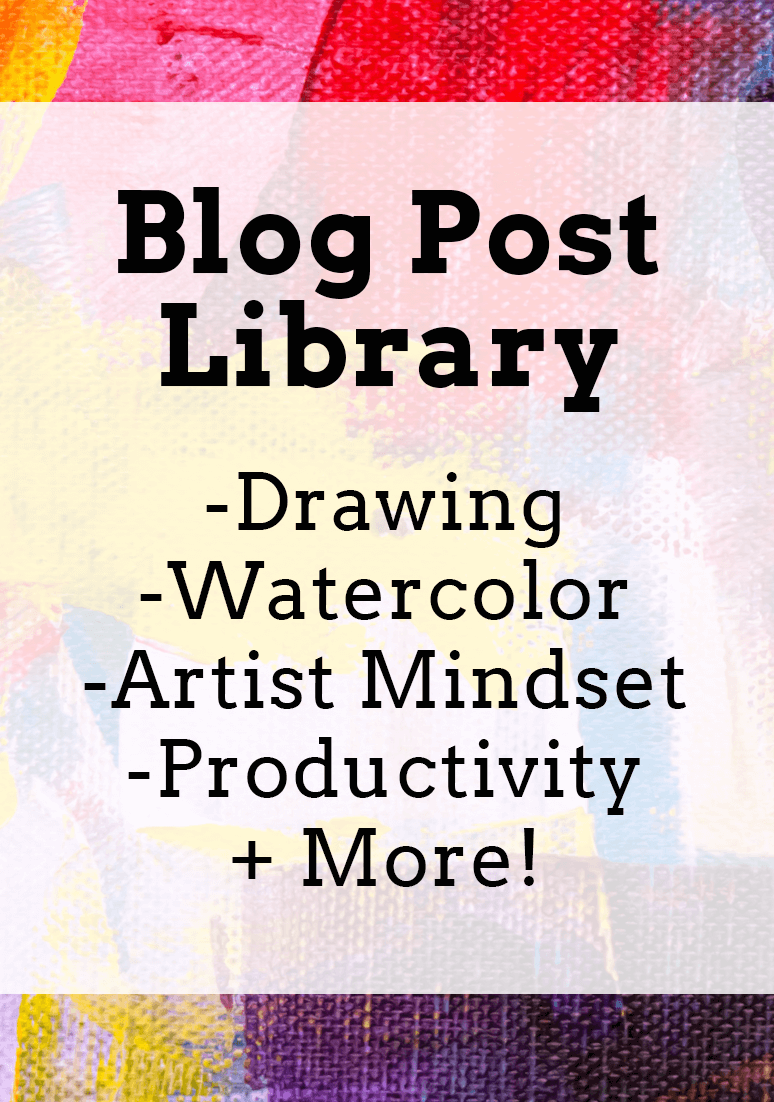
www.erikalancaster.com
is a participant in the Amazon Services LLC Associates Program, an affiliate advertising program designed to provide a means for sites to earn advertising fees by advertising and linking to amazon.com. www.erikalancaster.com is a participant in the Shareasale.com Affiliate Program, an affiliate advertising program designed to provide a means for sites to earn advertising fees by advertising and linking to Shareasale.com partner companies. |

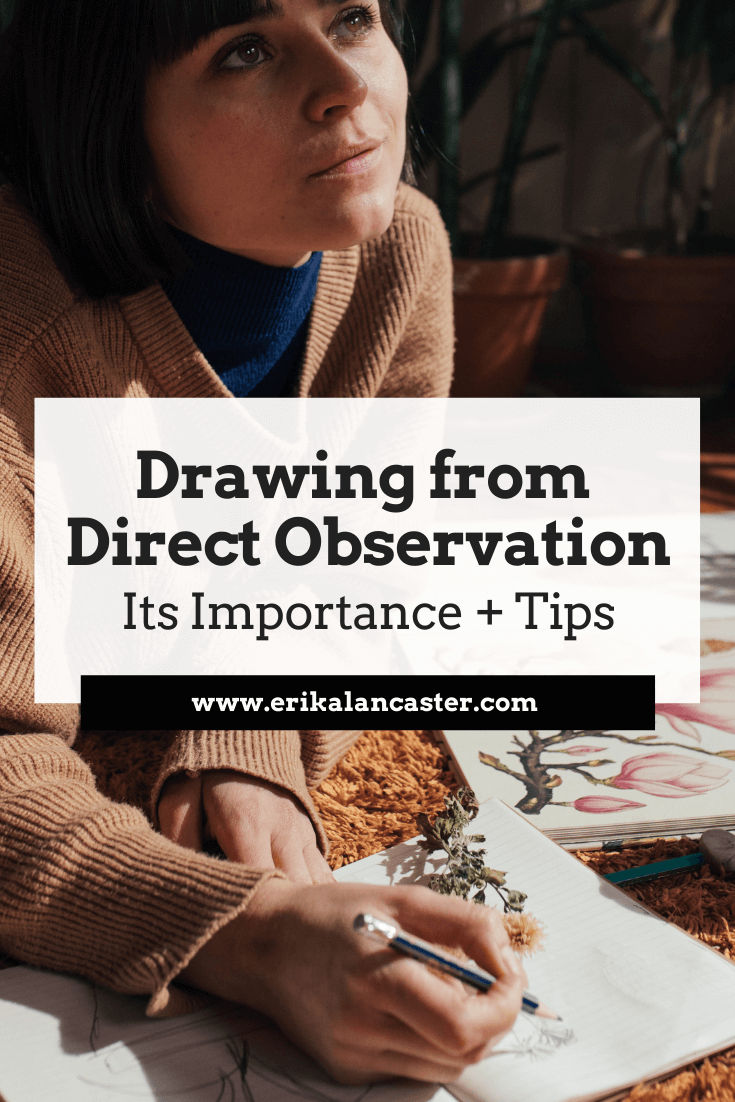
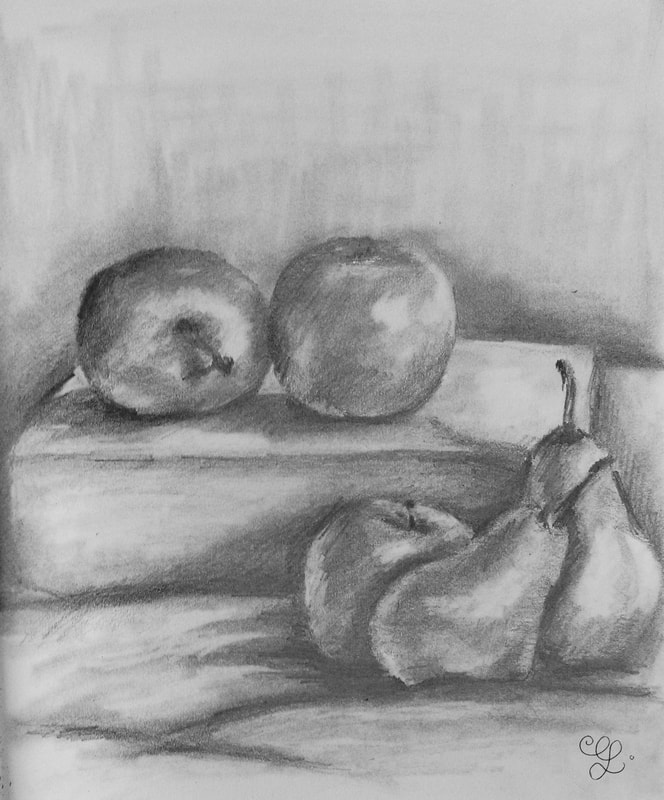
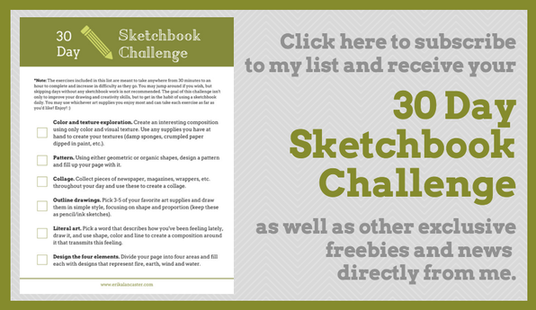
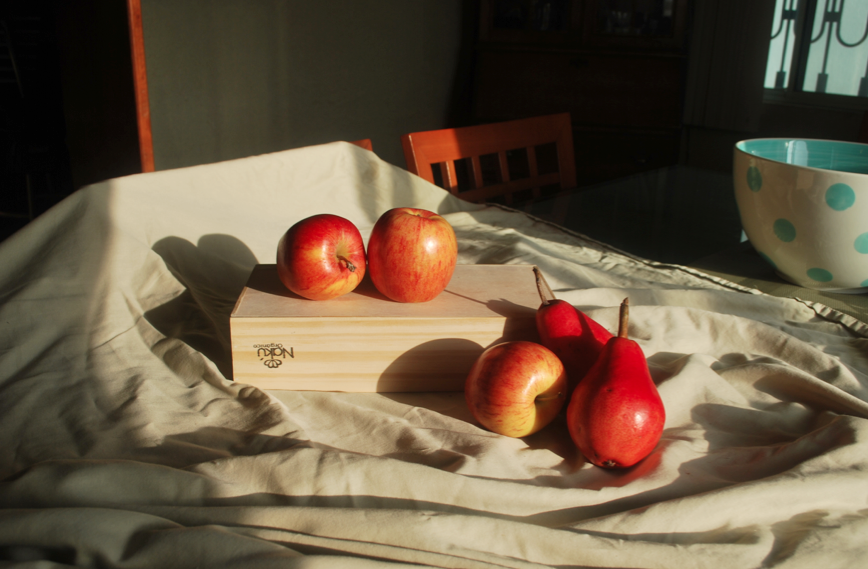
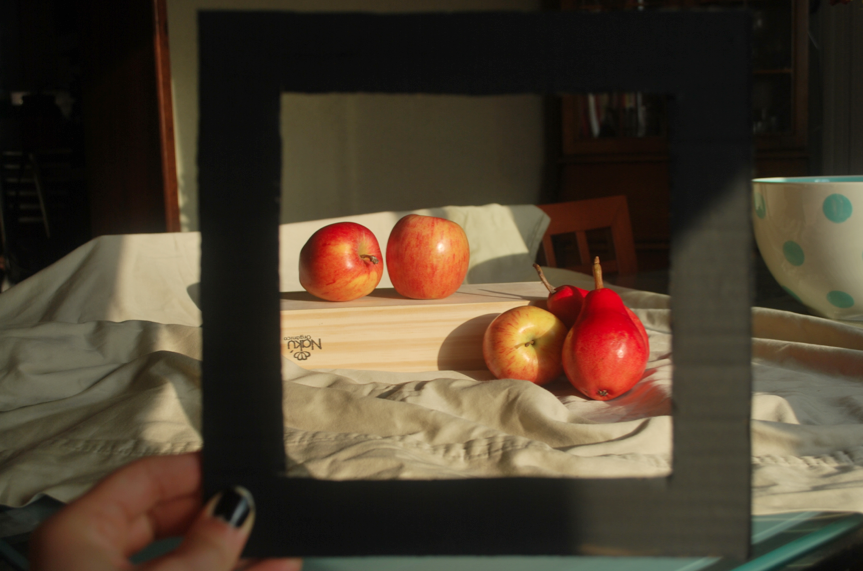
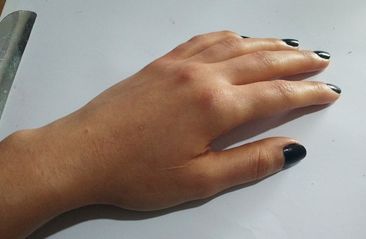
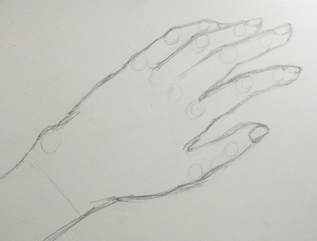
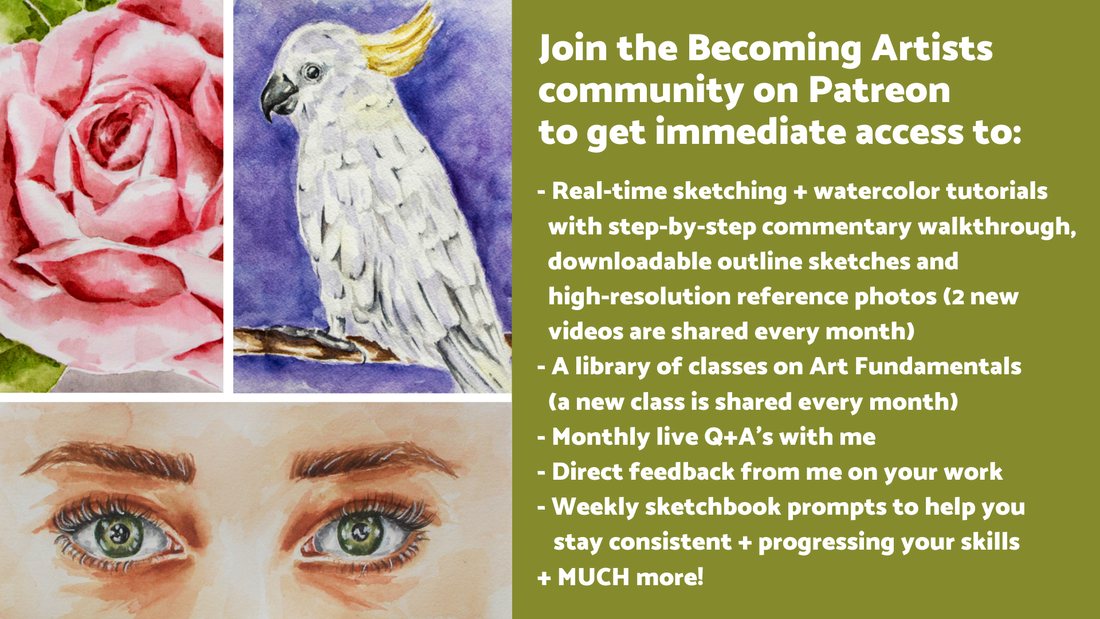
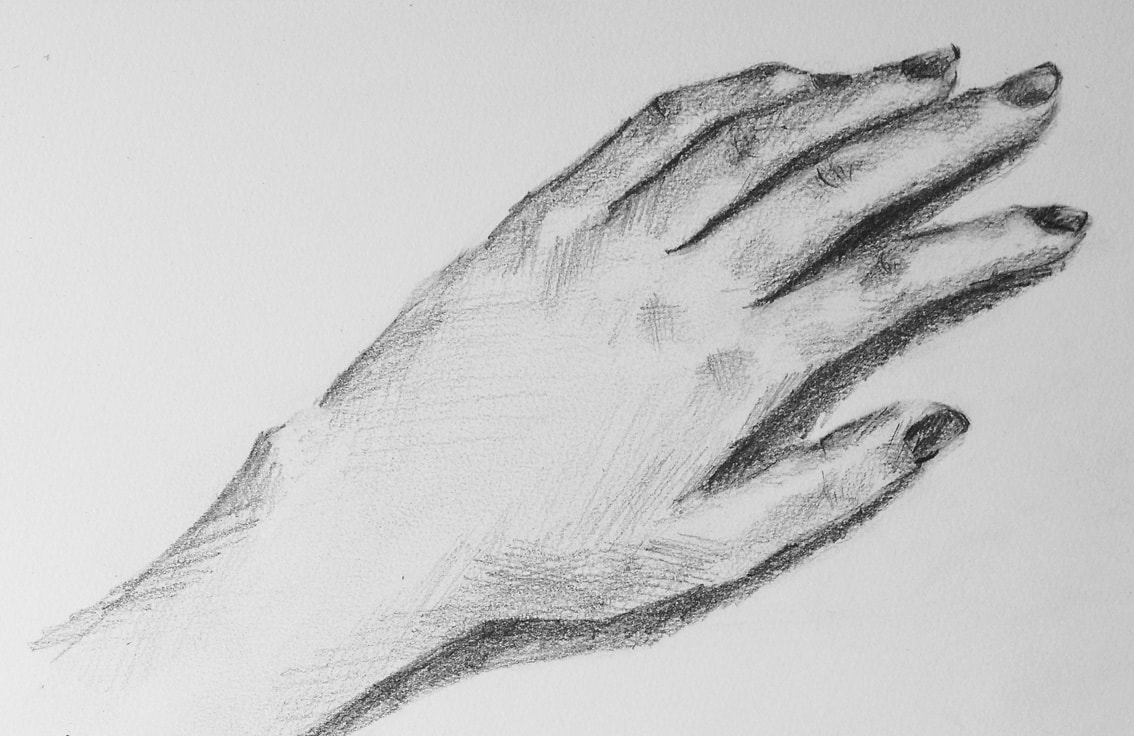
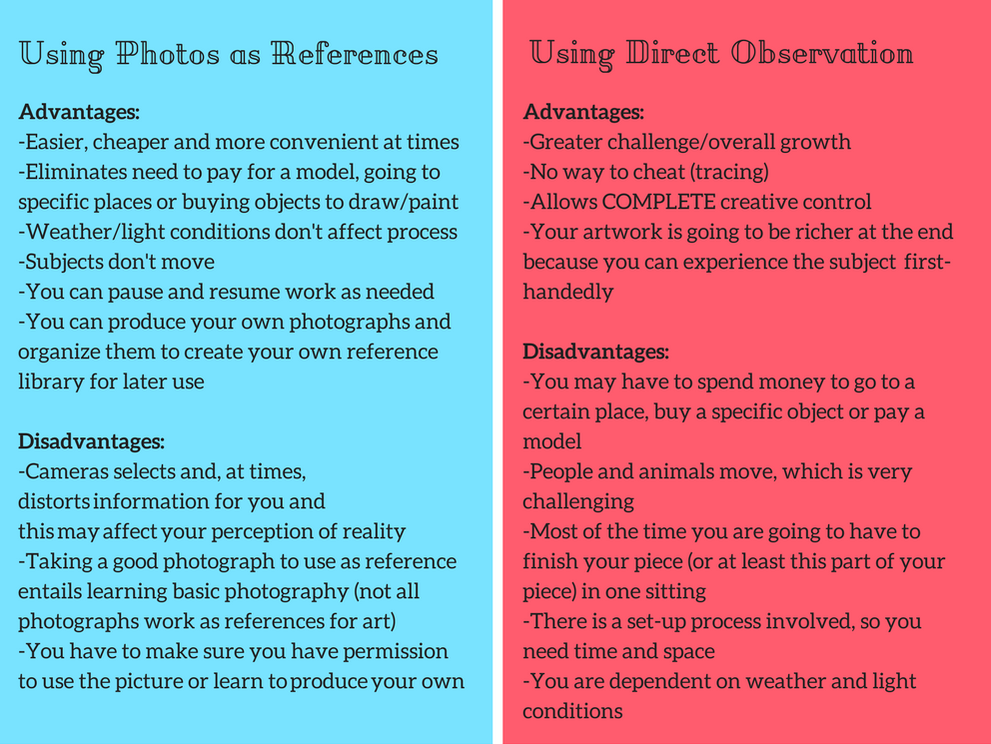
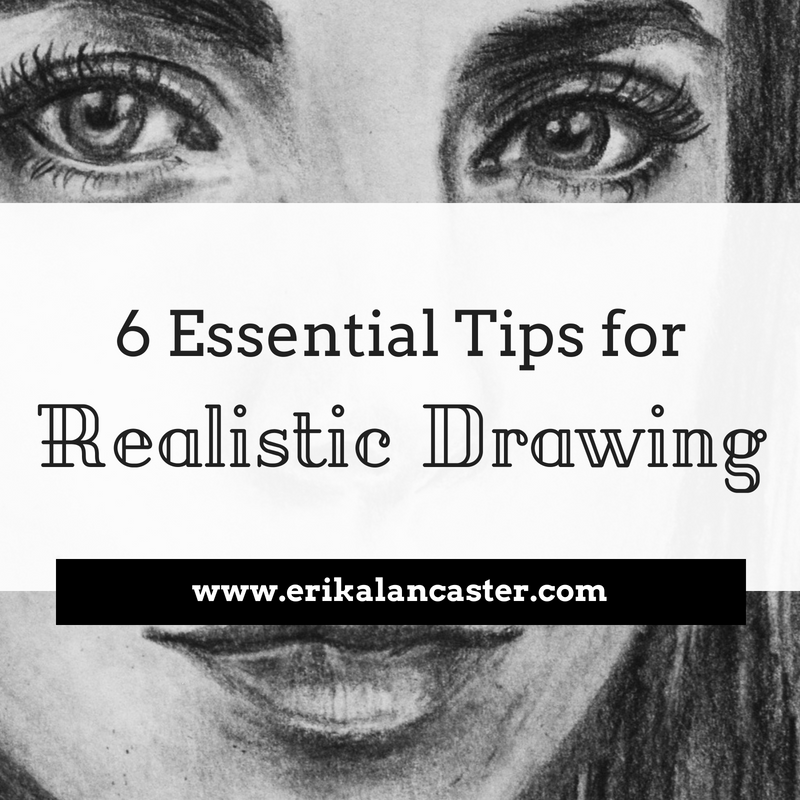
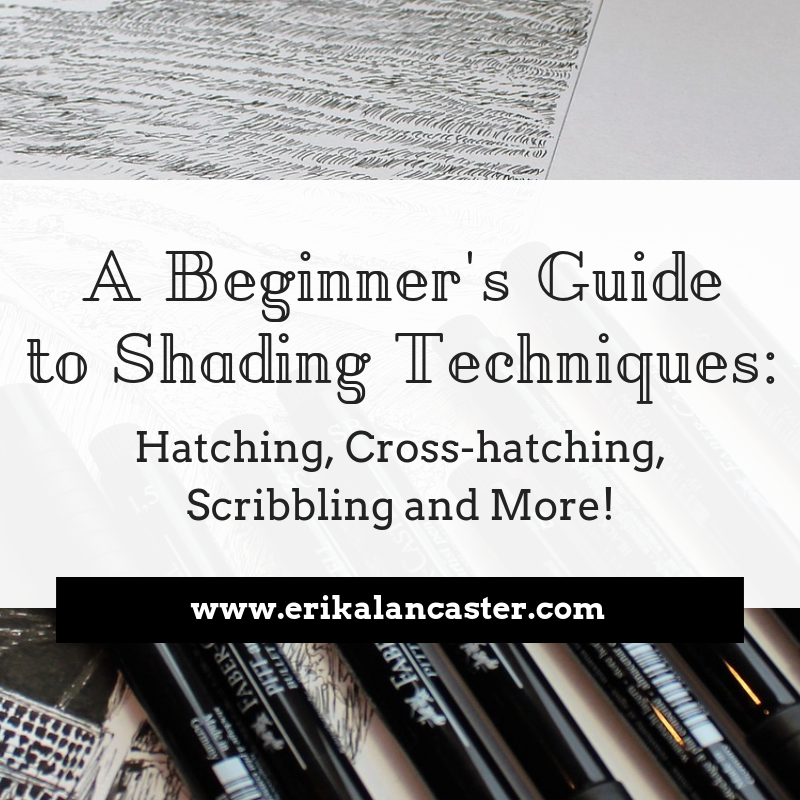
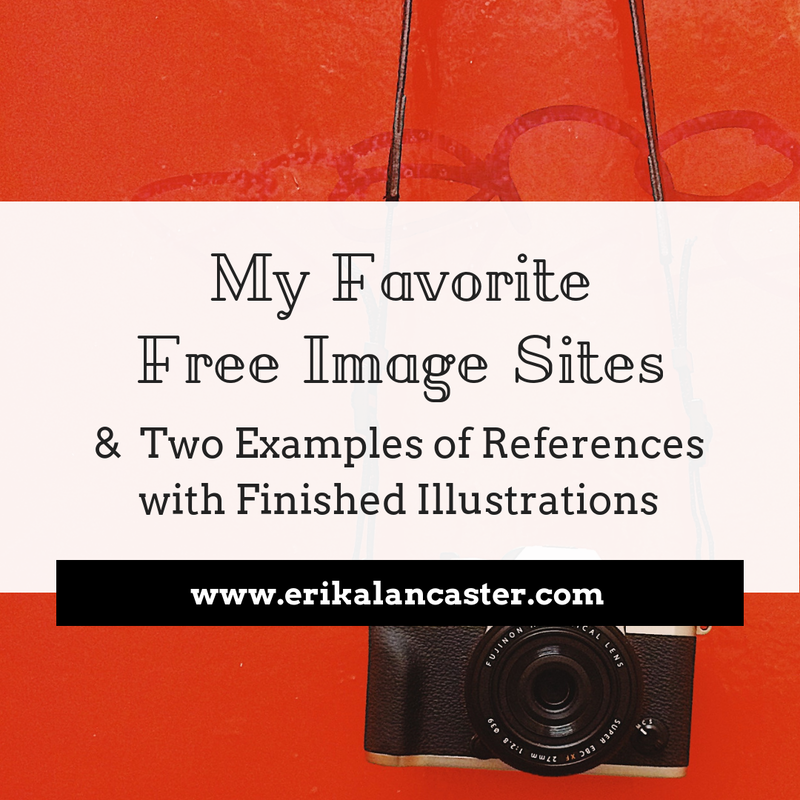
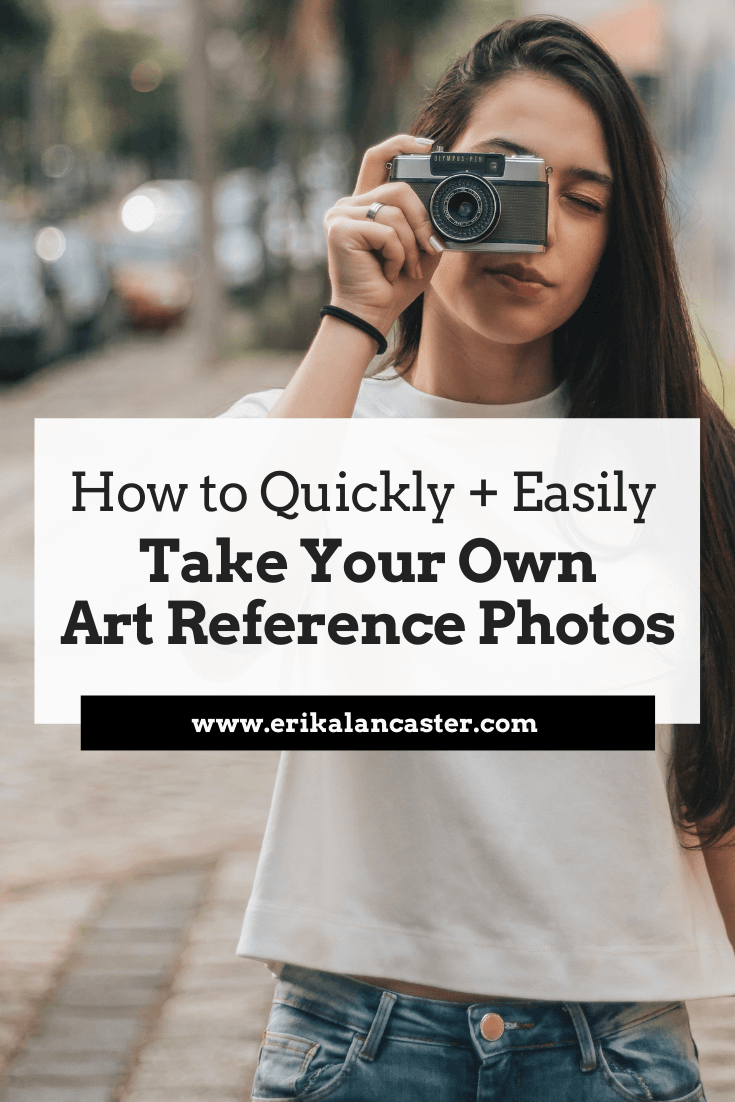
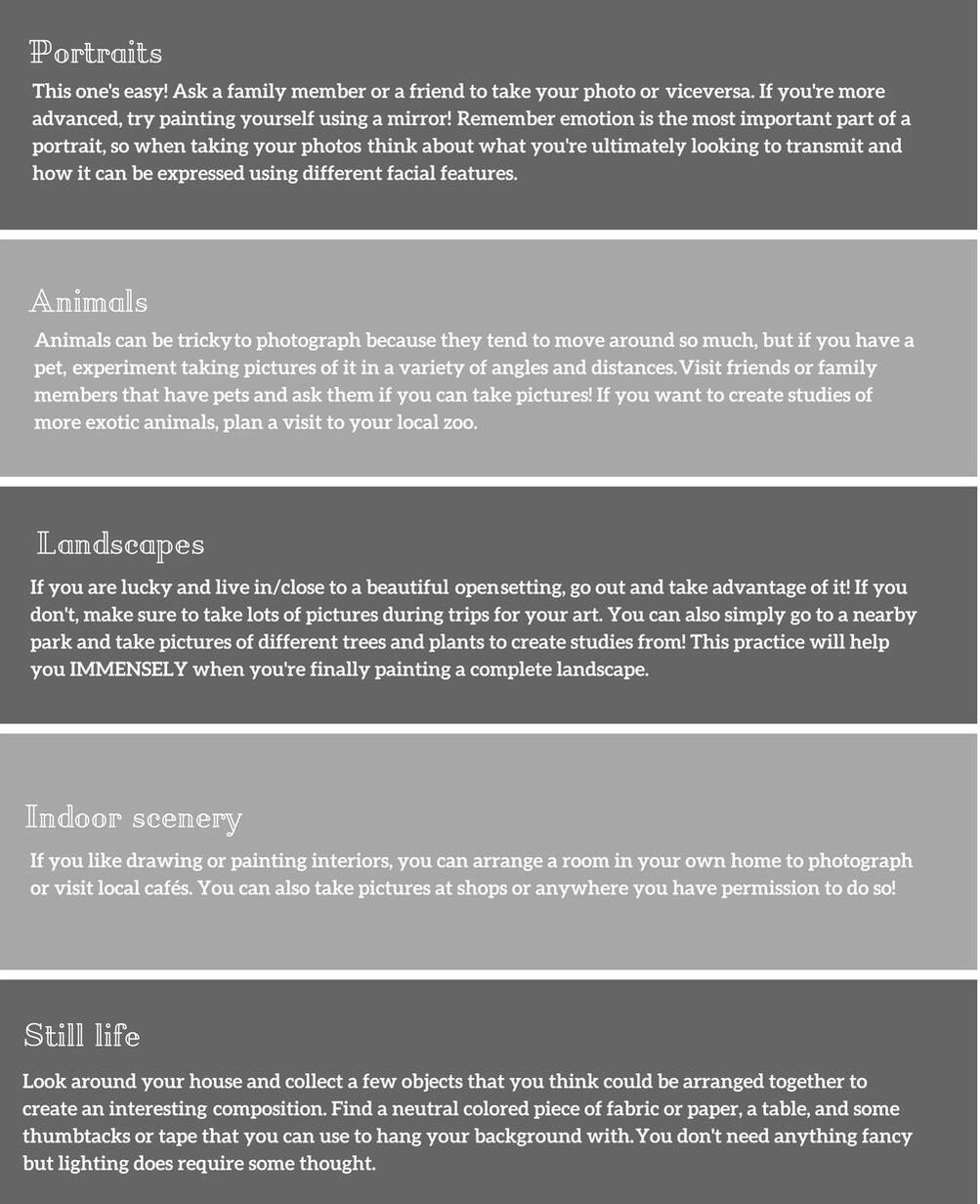
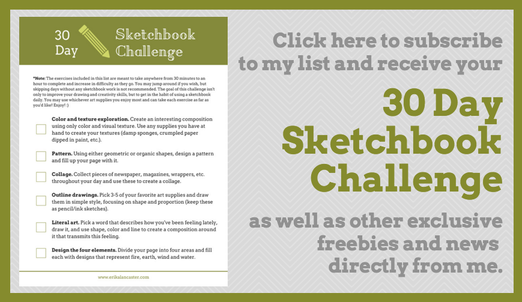
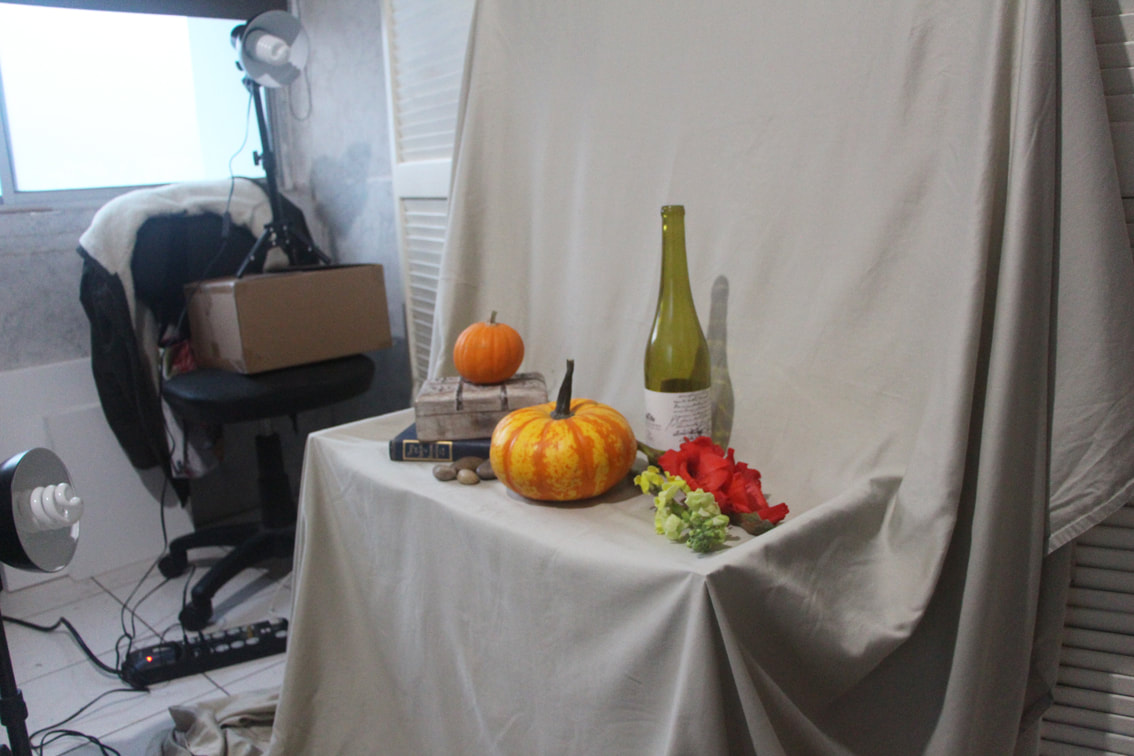
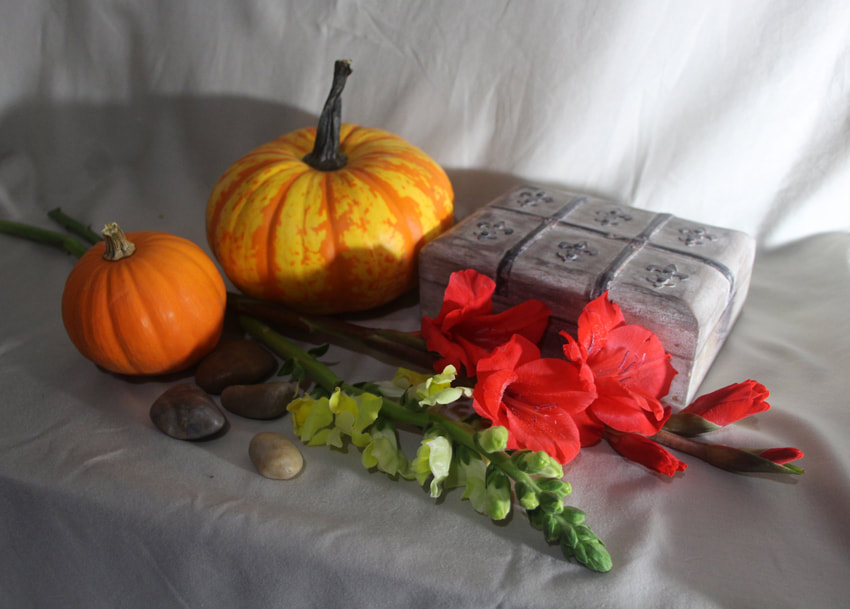
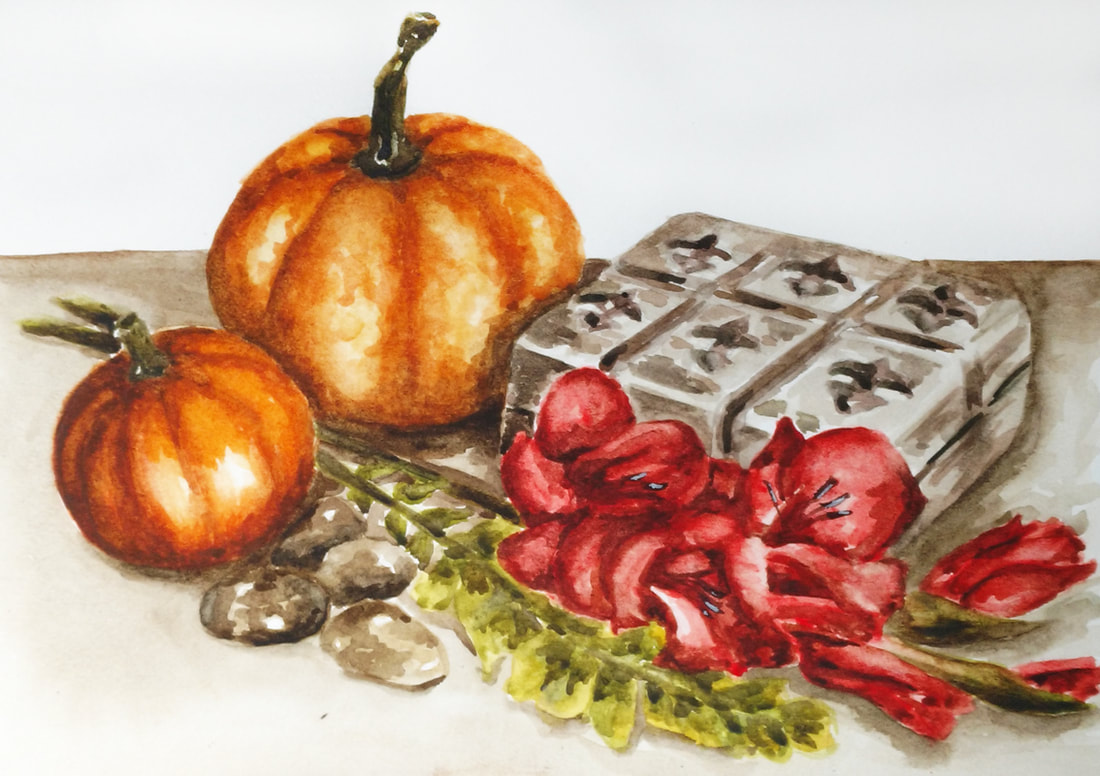
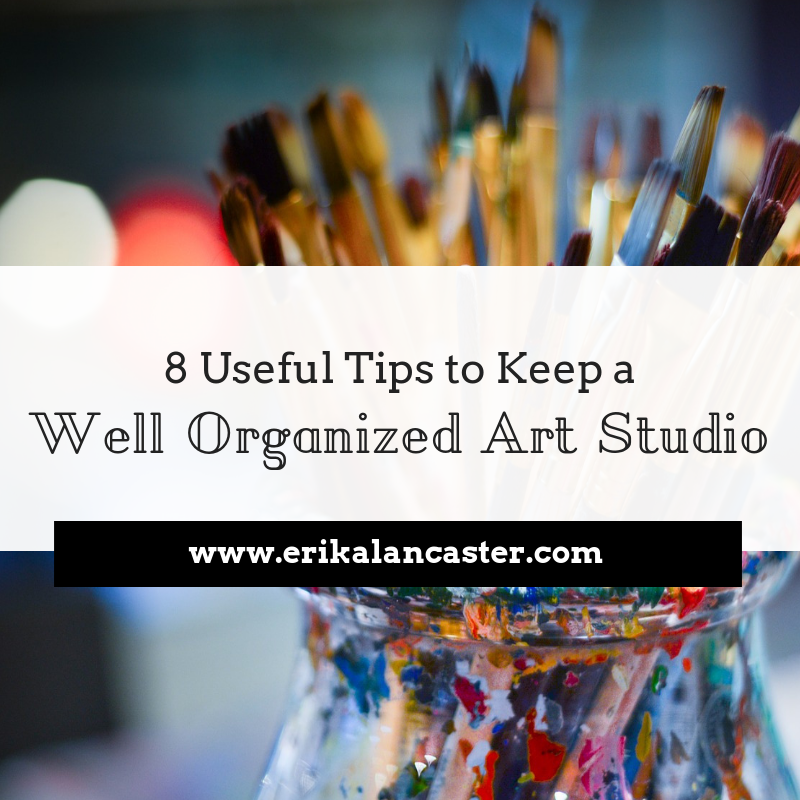
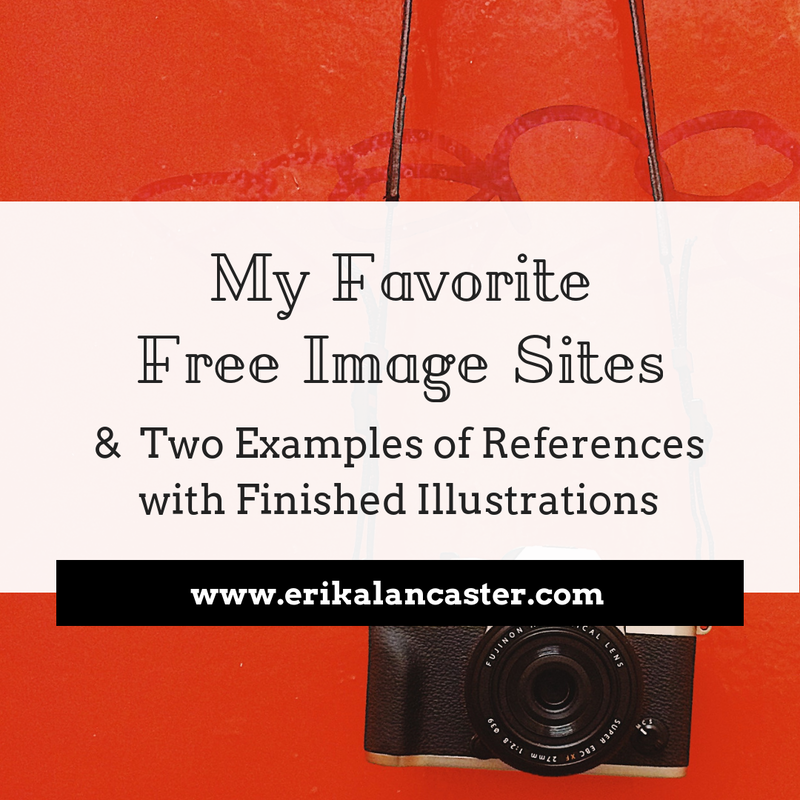
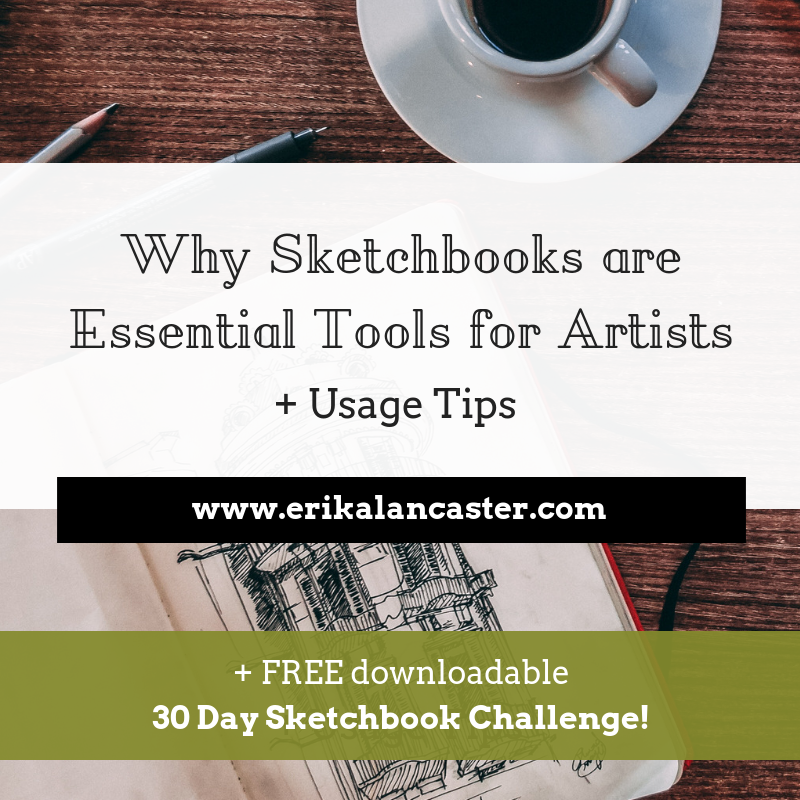
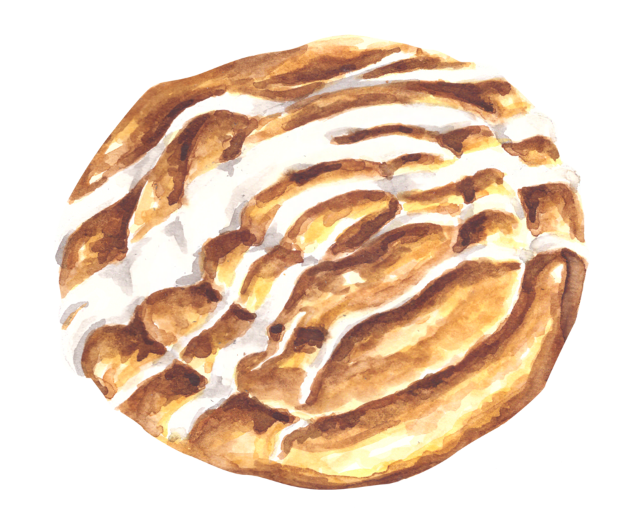
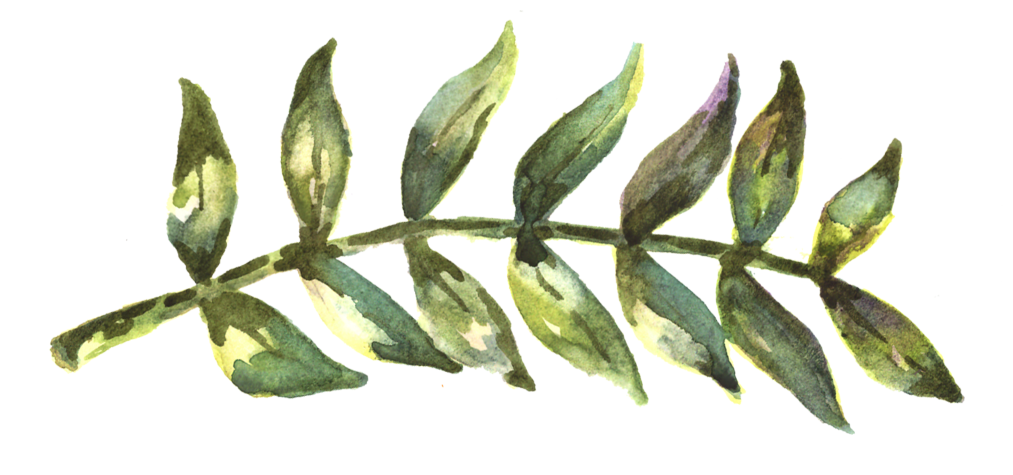
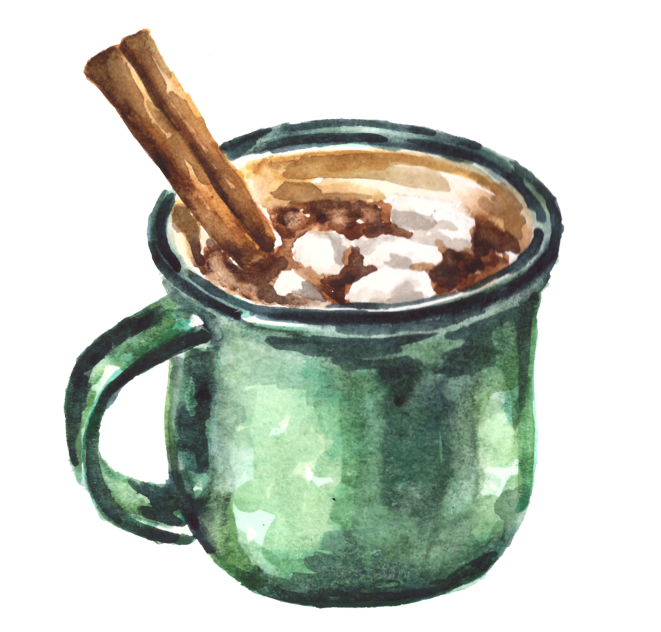
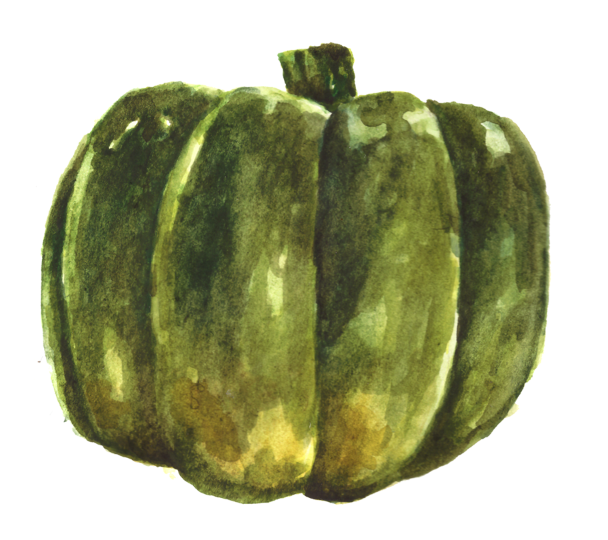
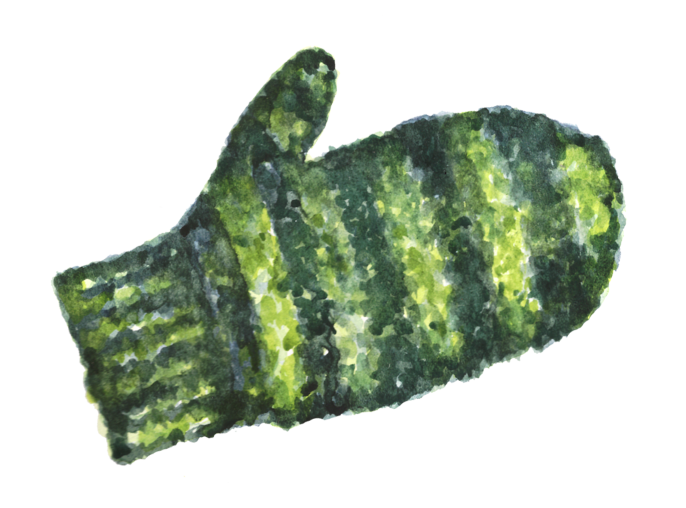
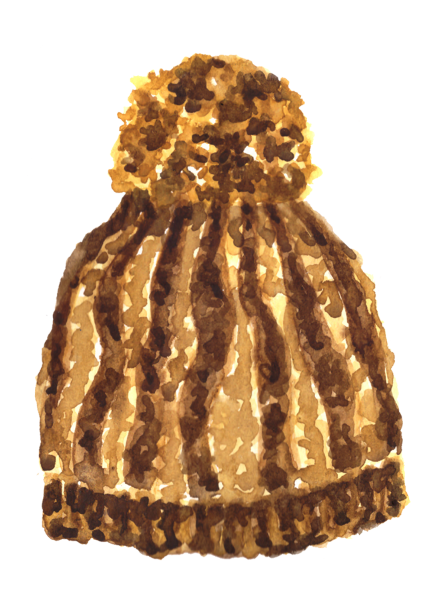

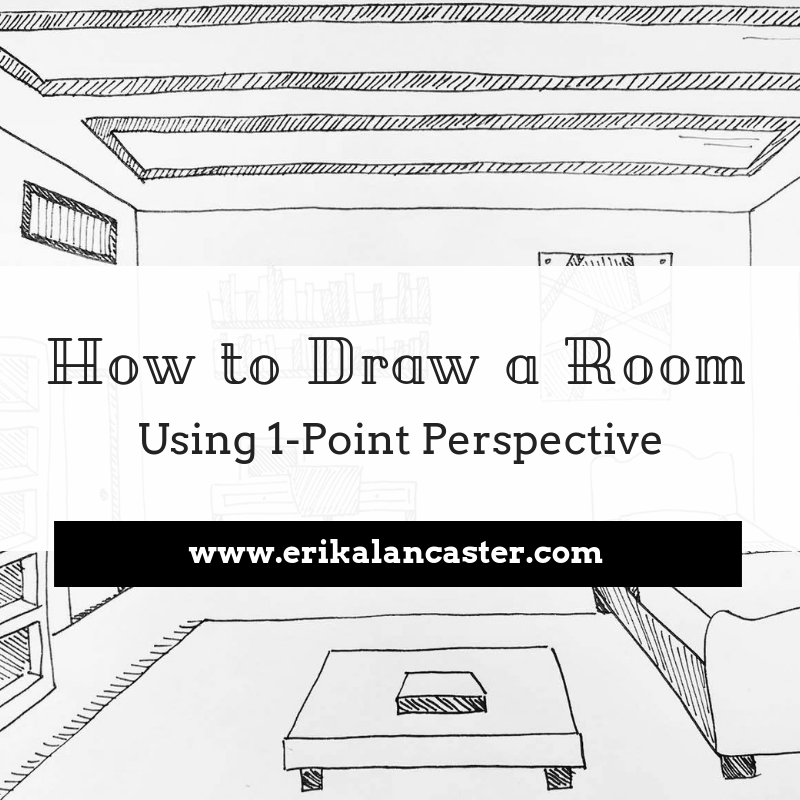
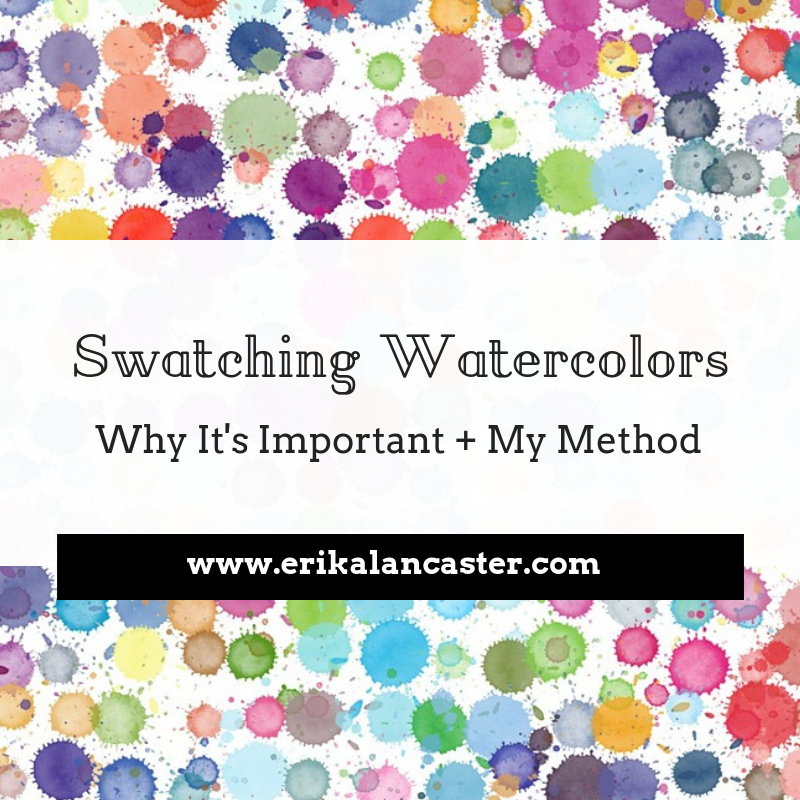
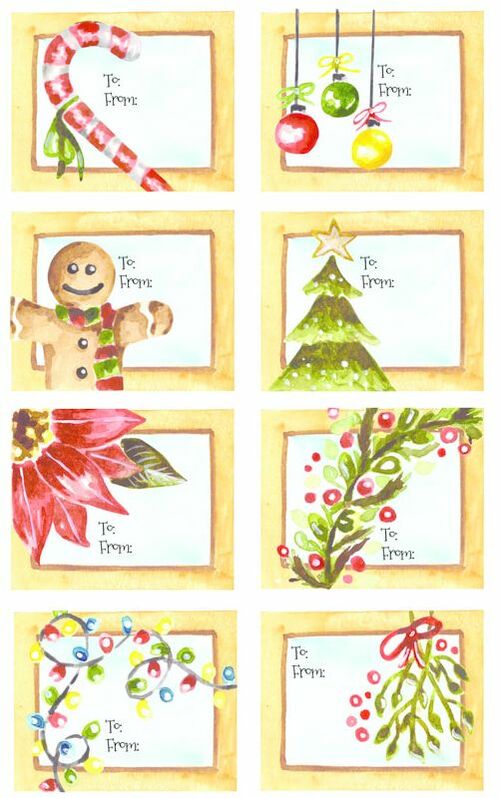
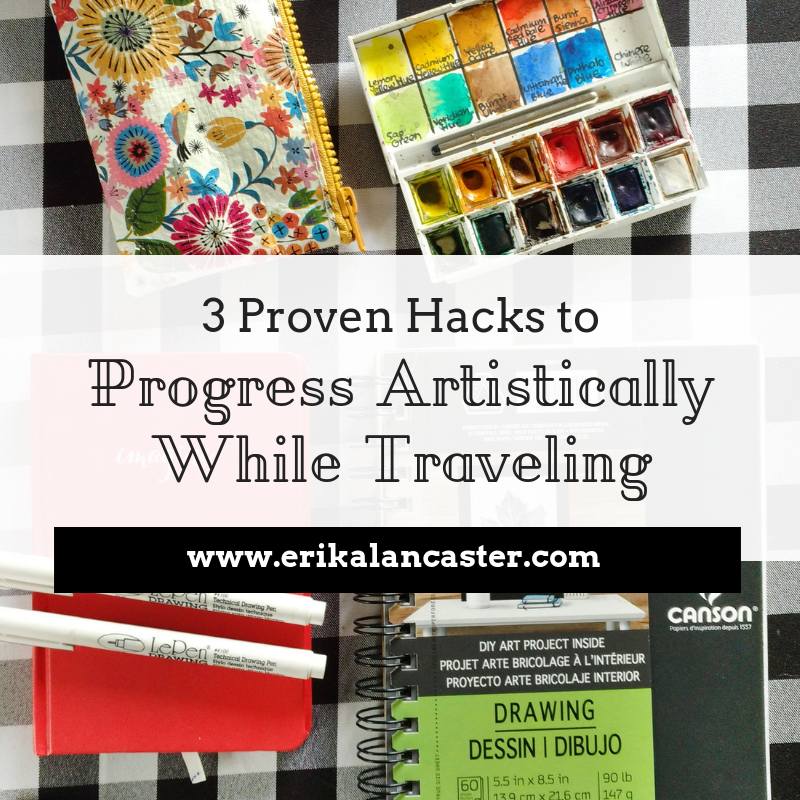

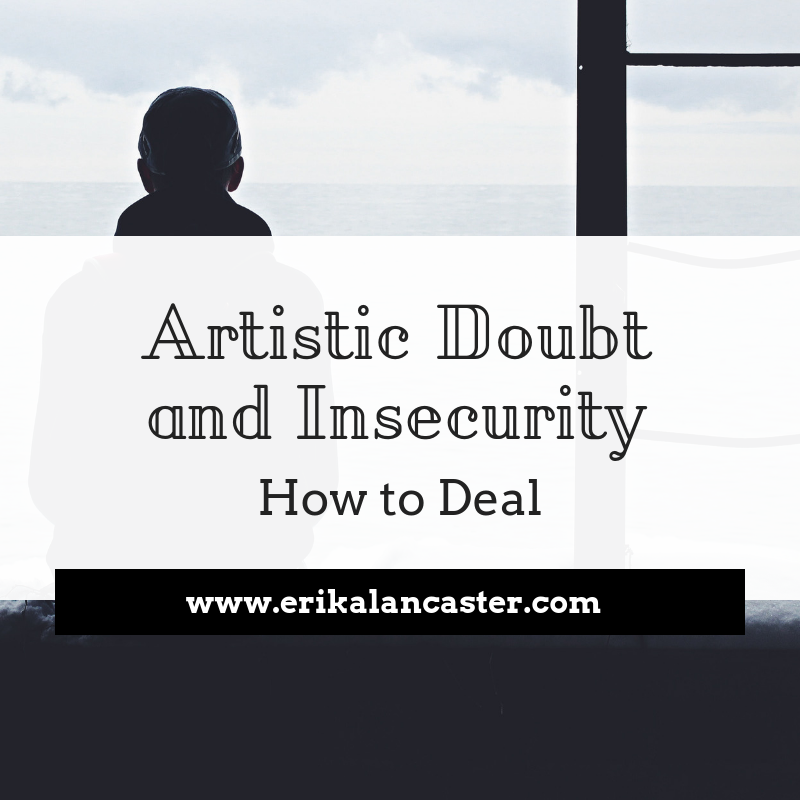
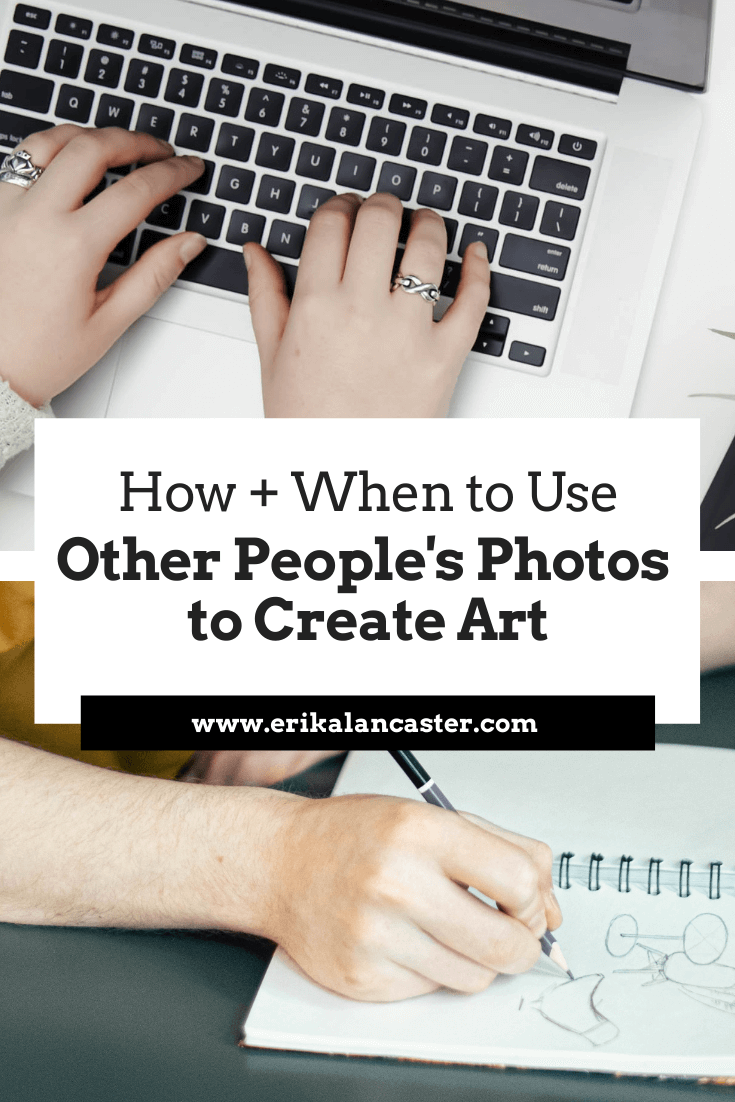
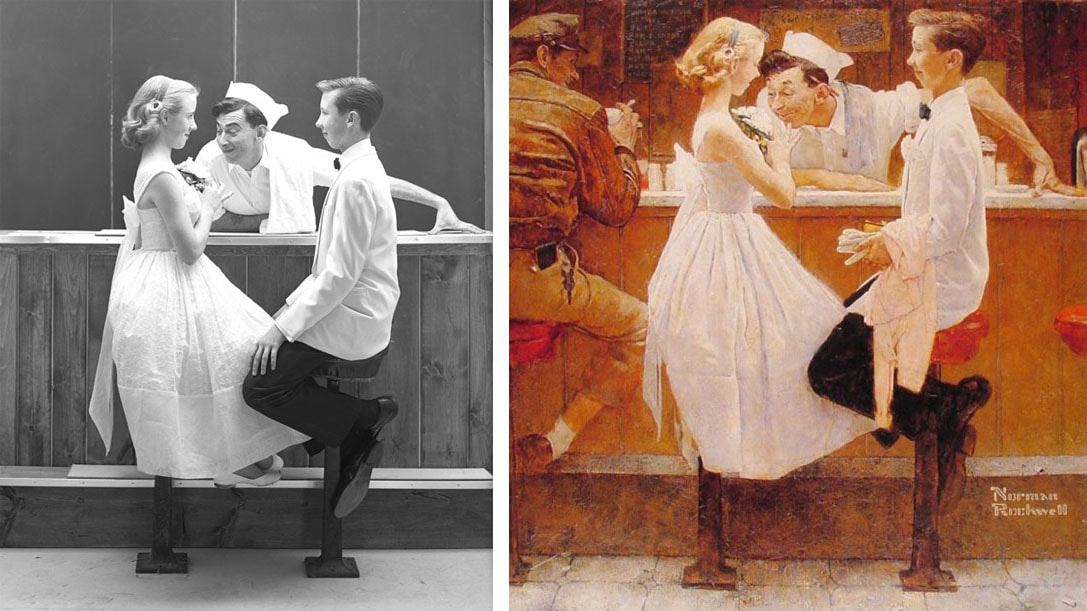
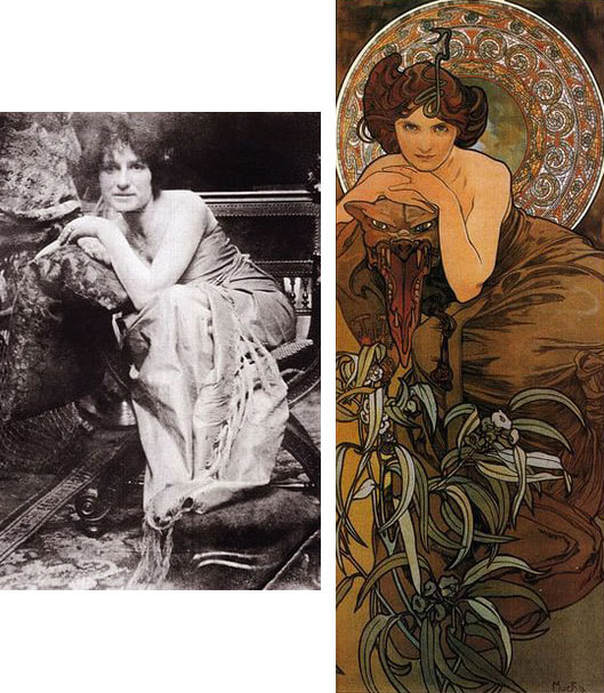
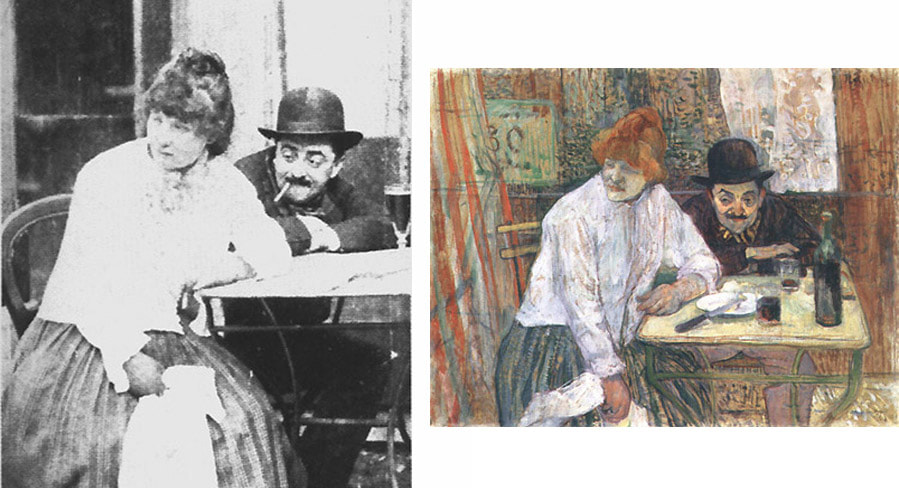
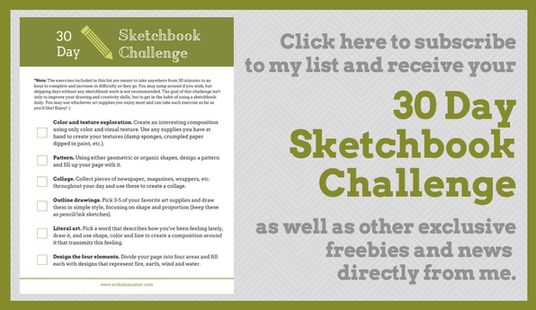
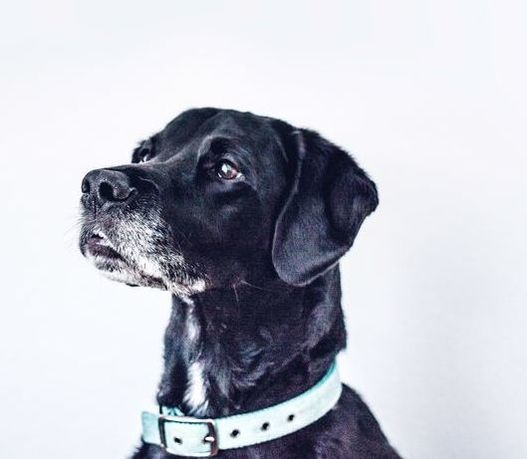
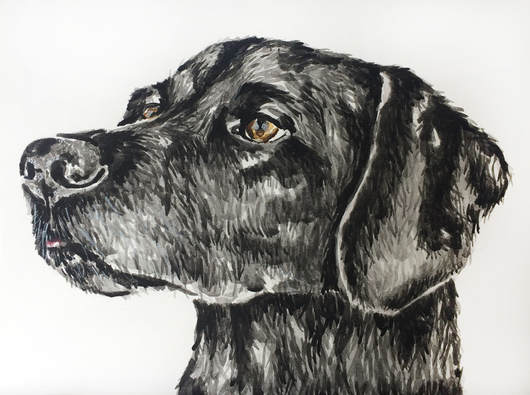
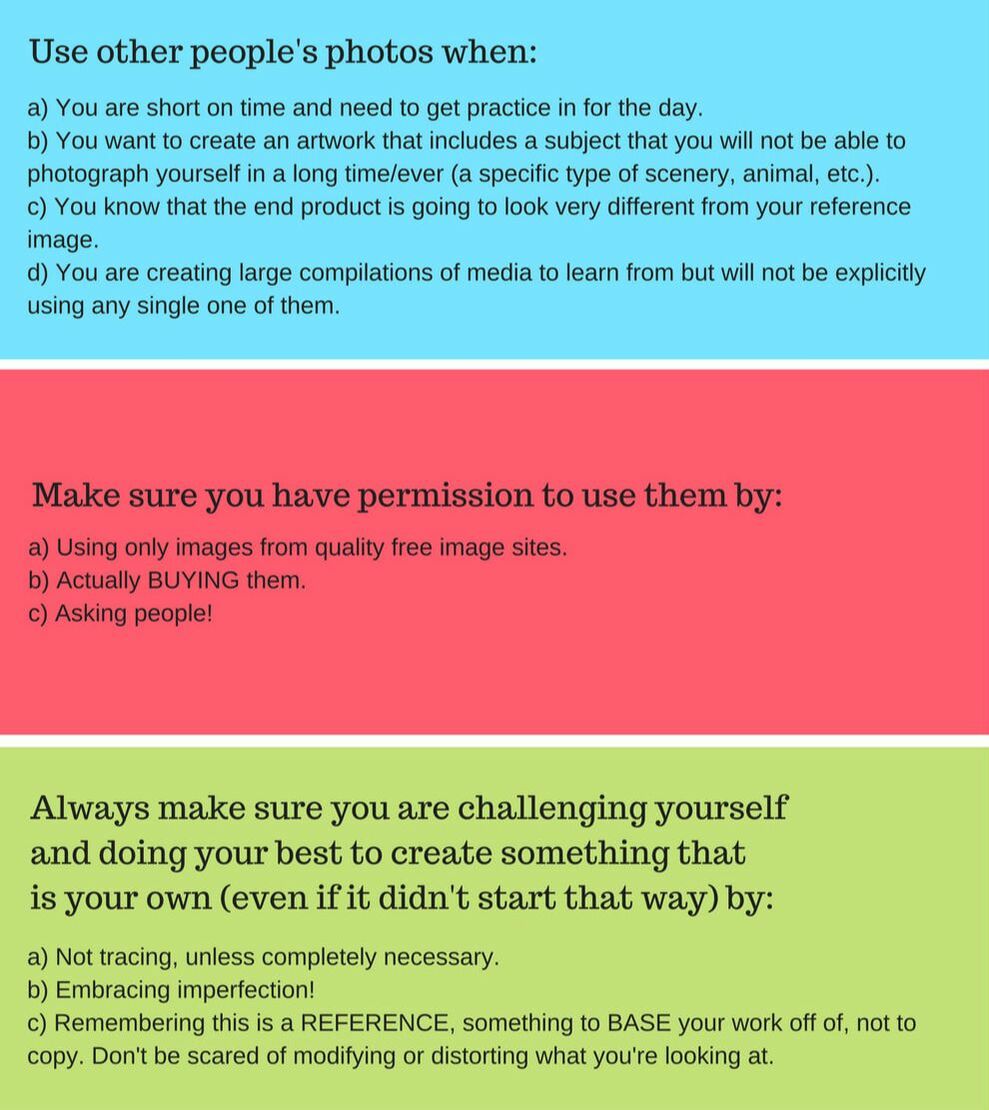
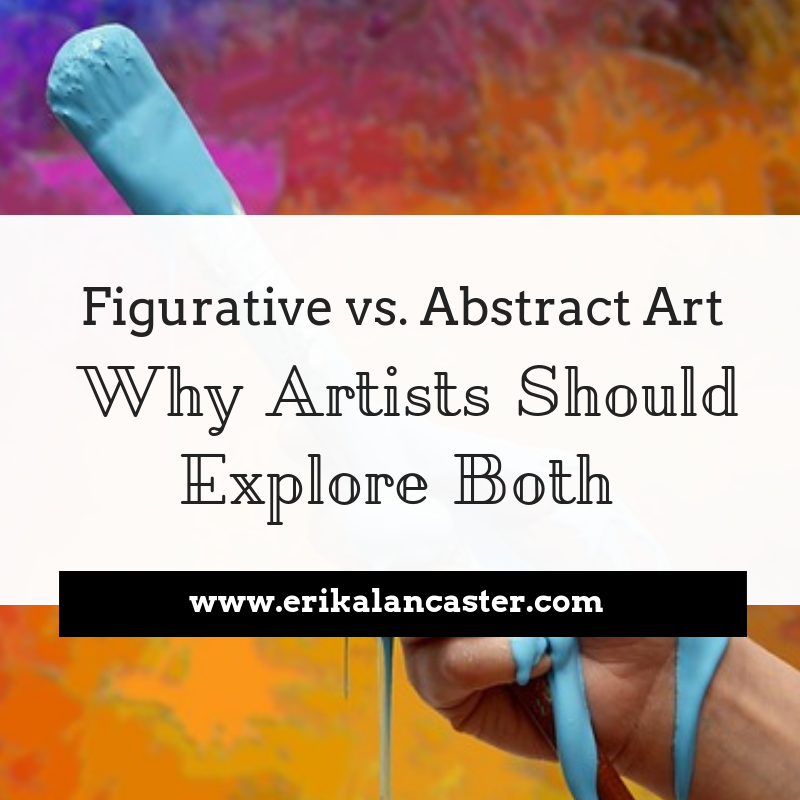
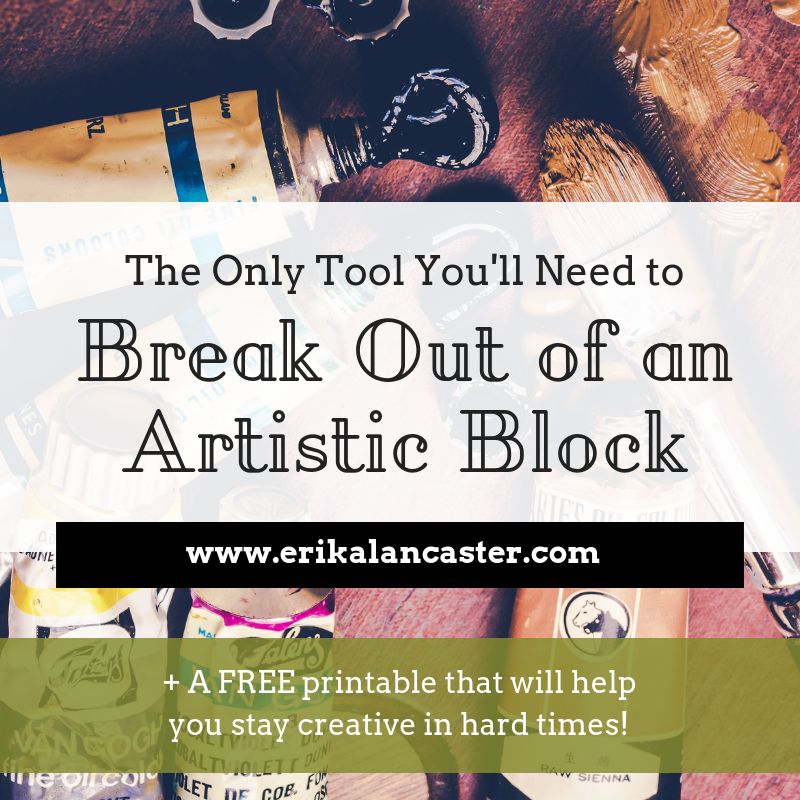
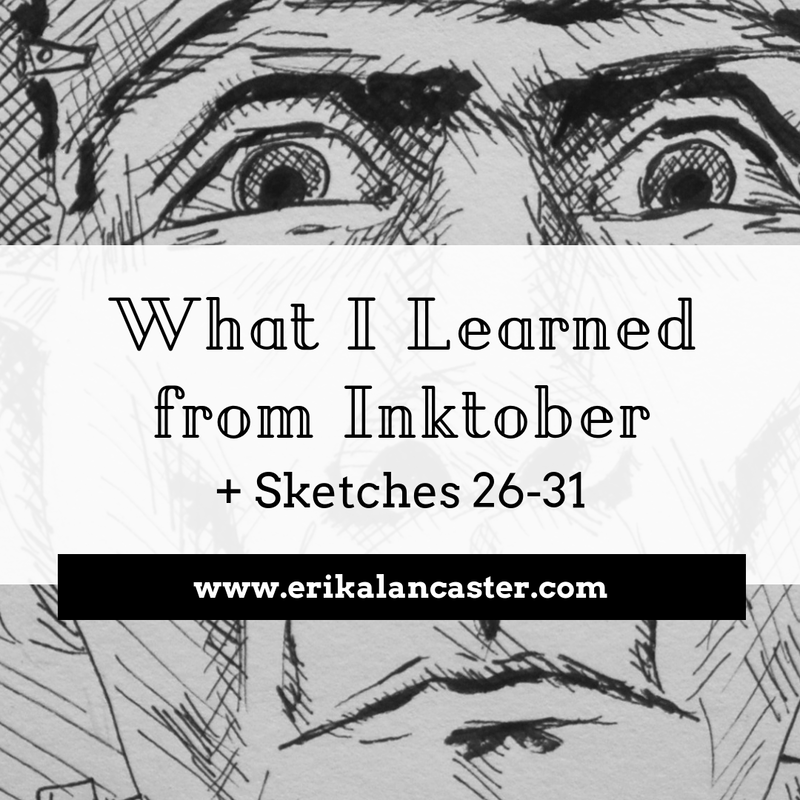
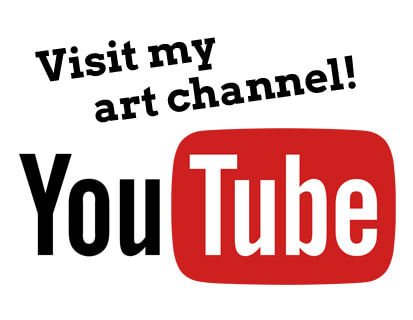
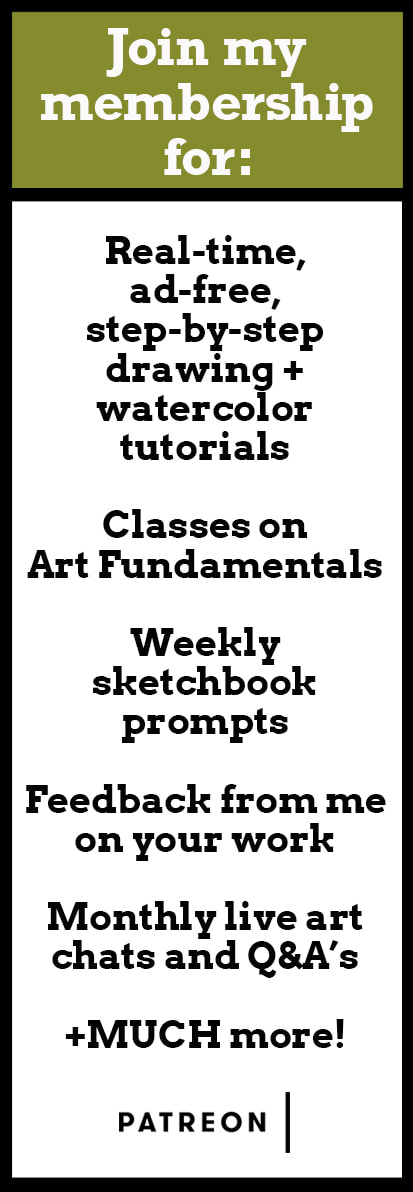
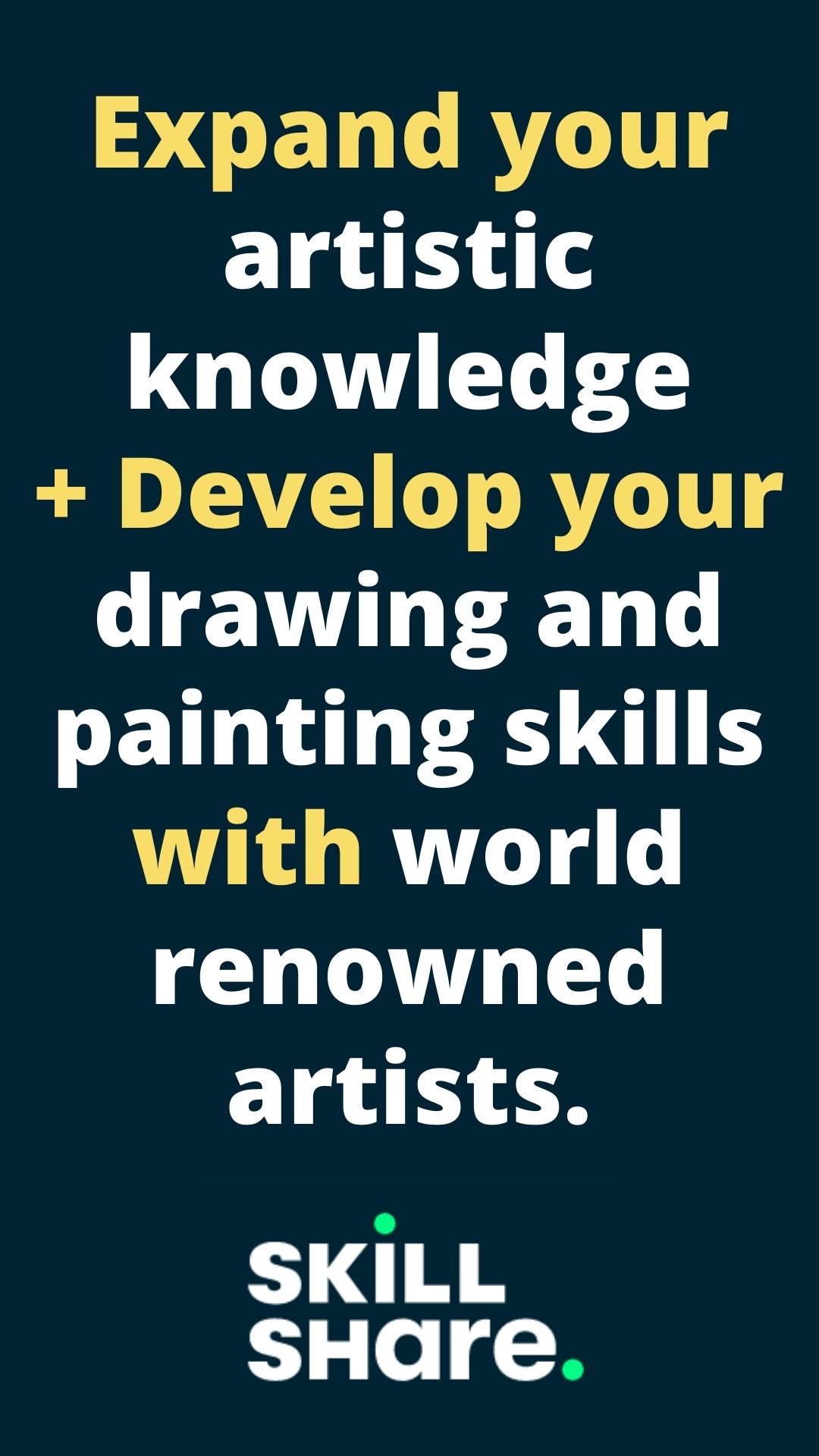

 RSS Feed
RSS Feed

